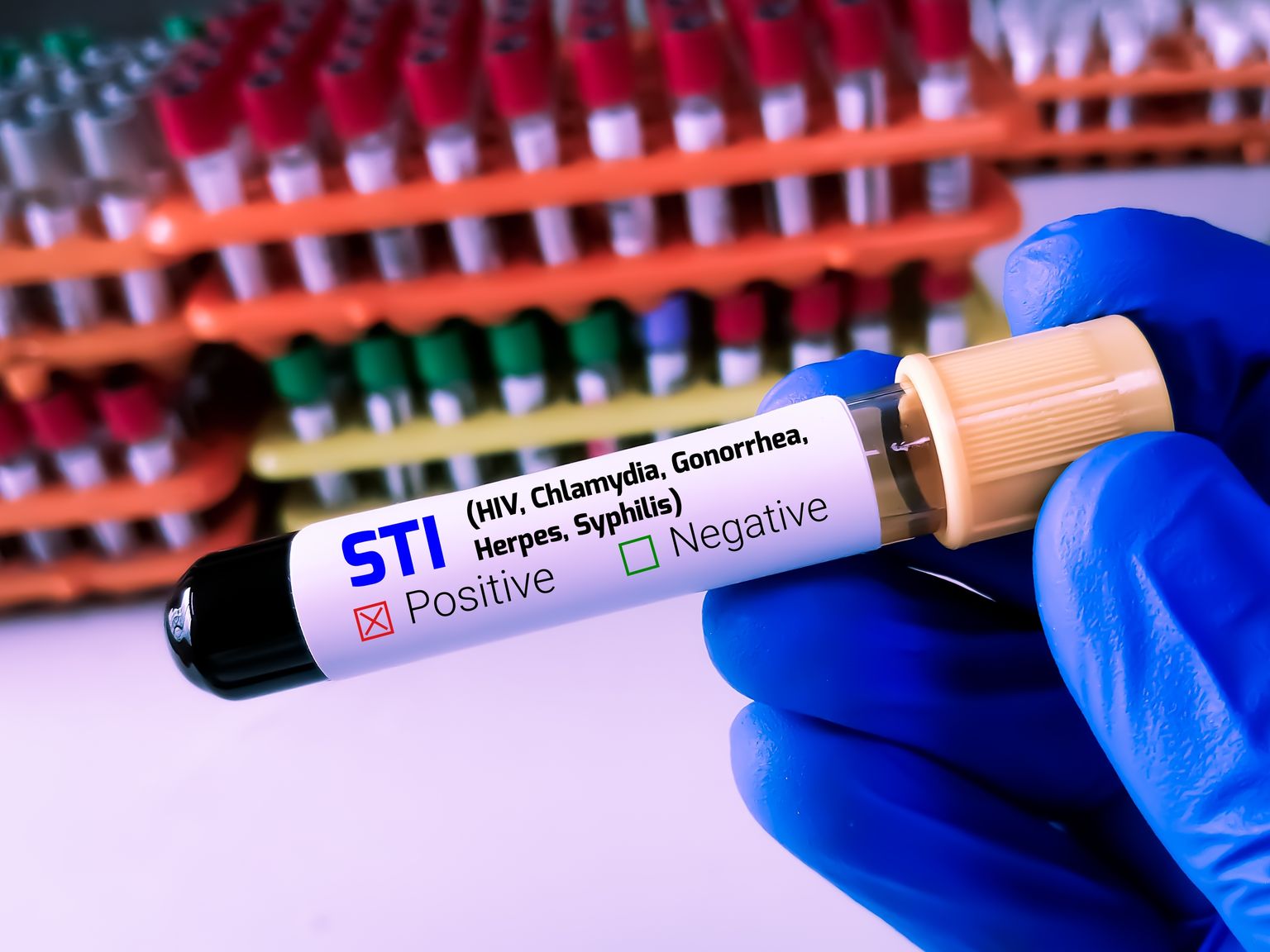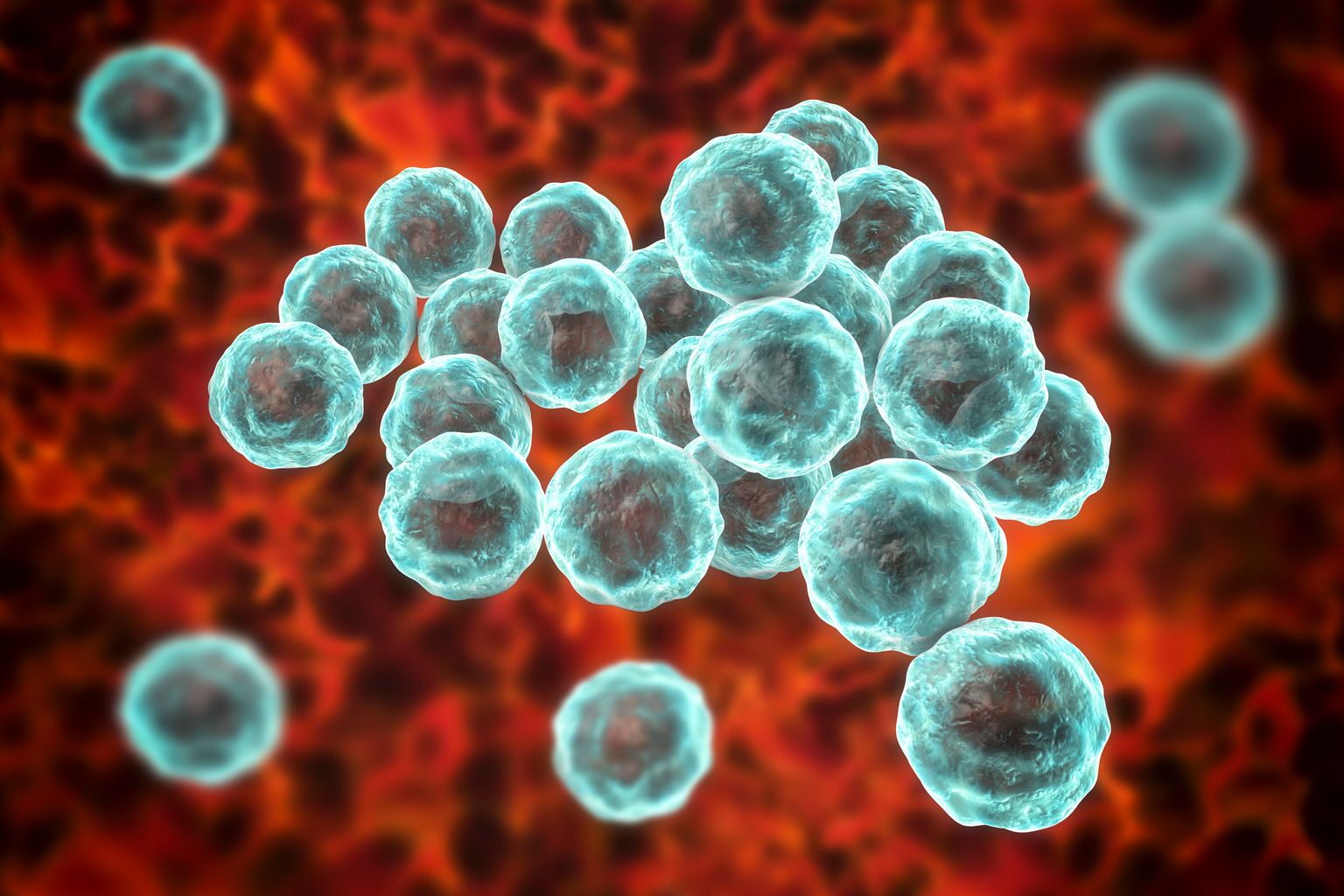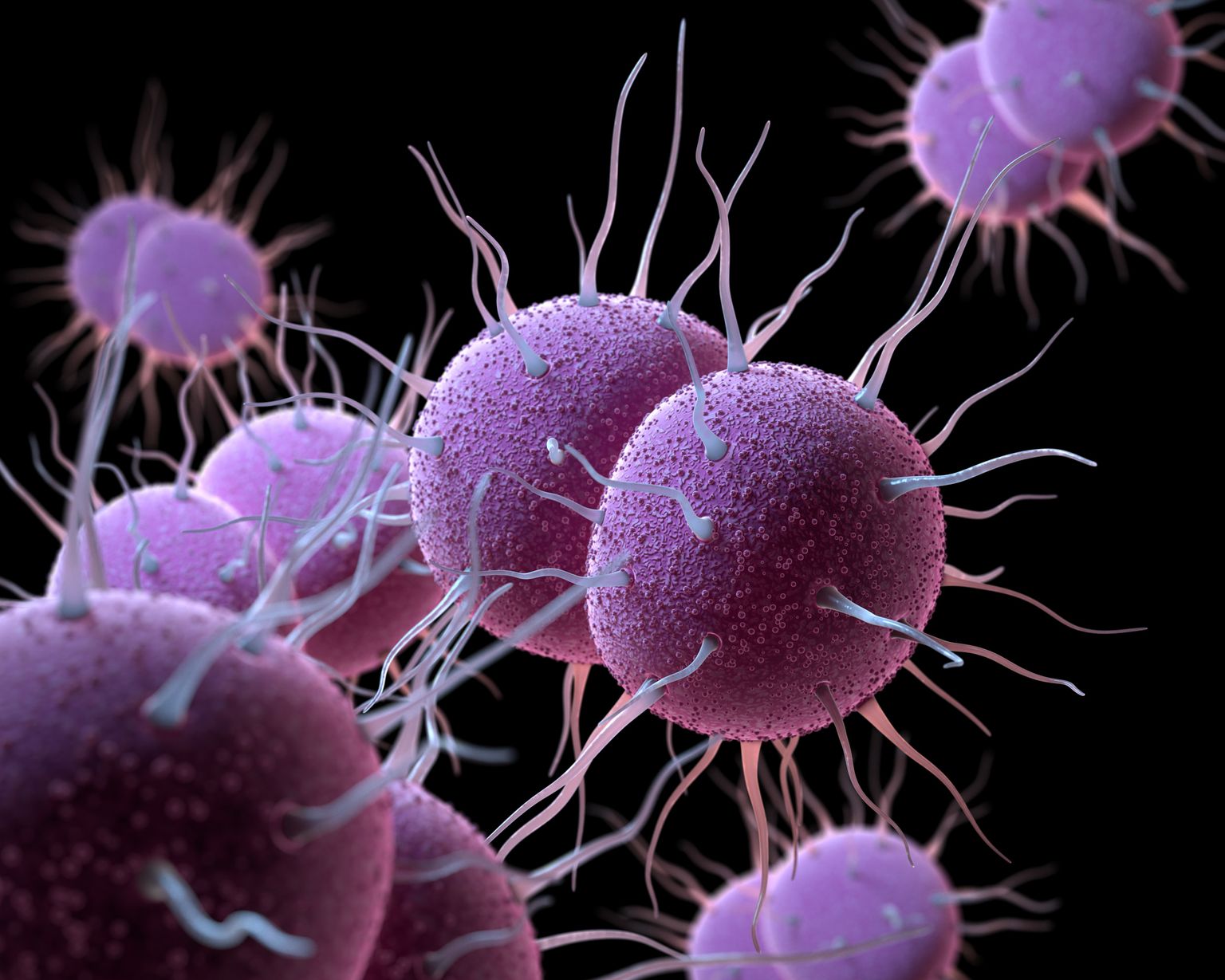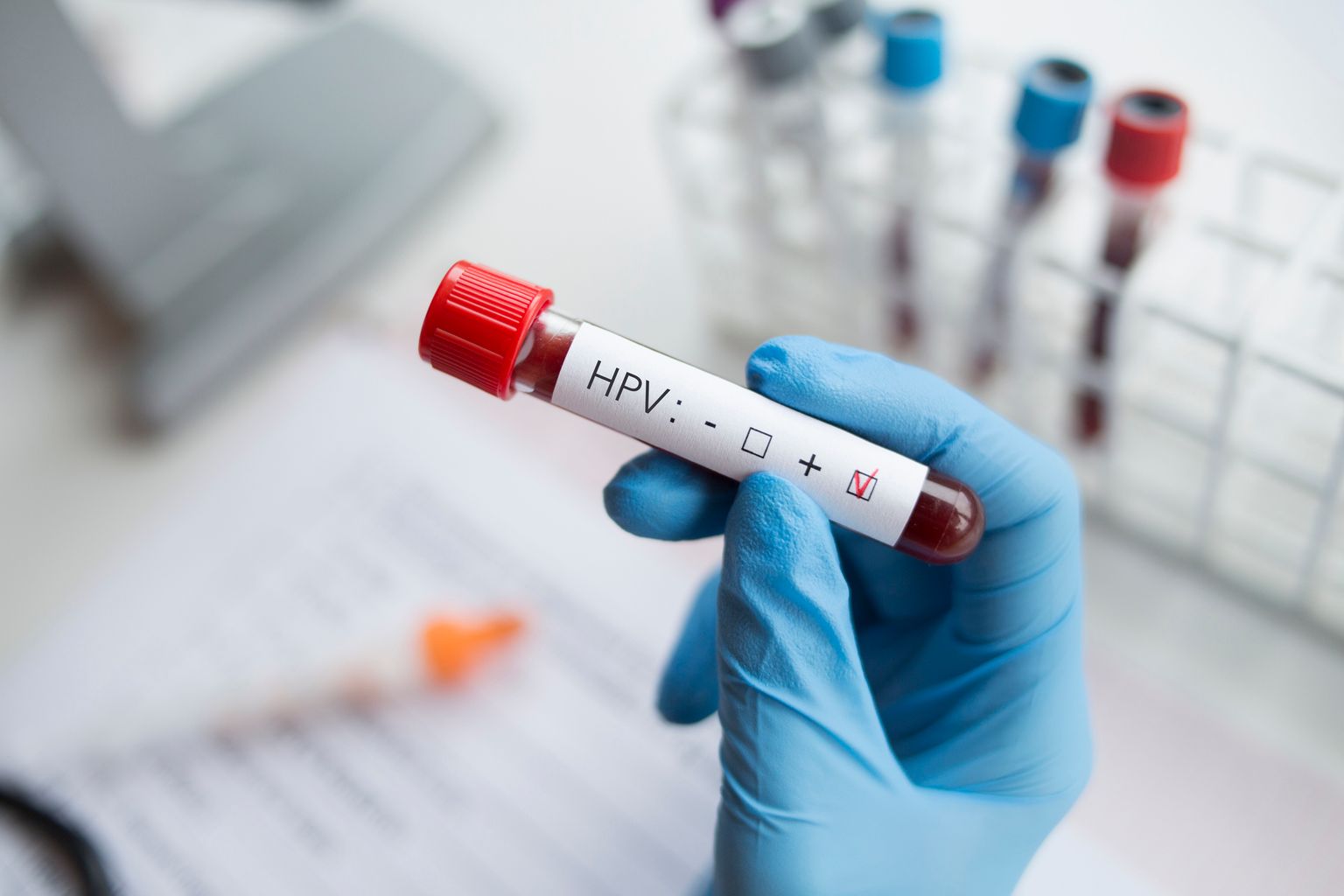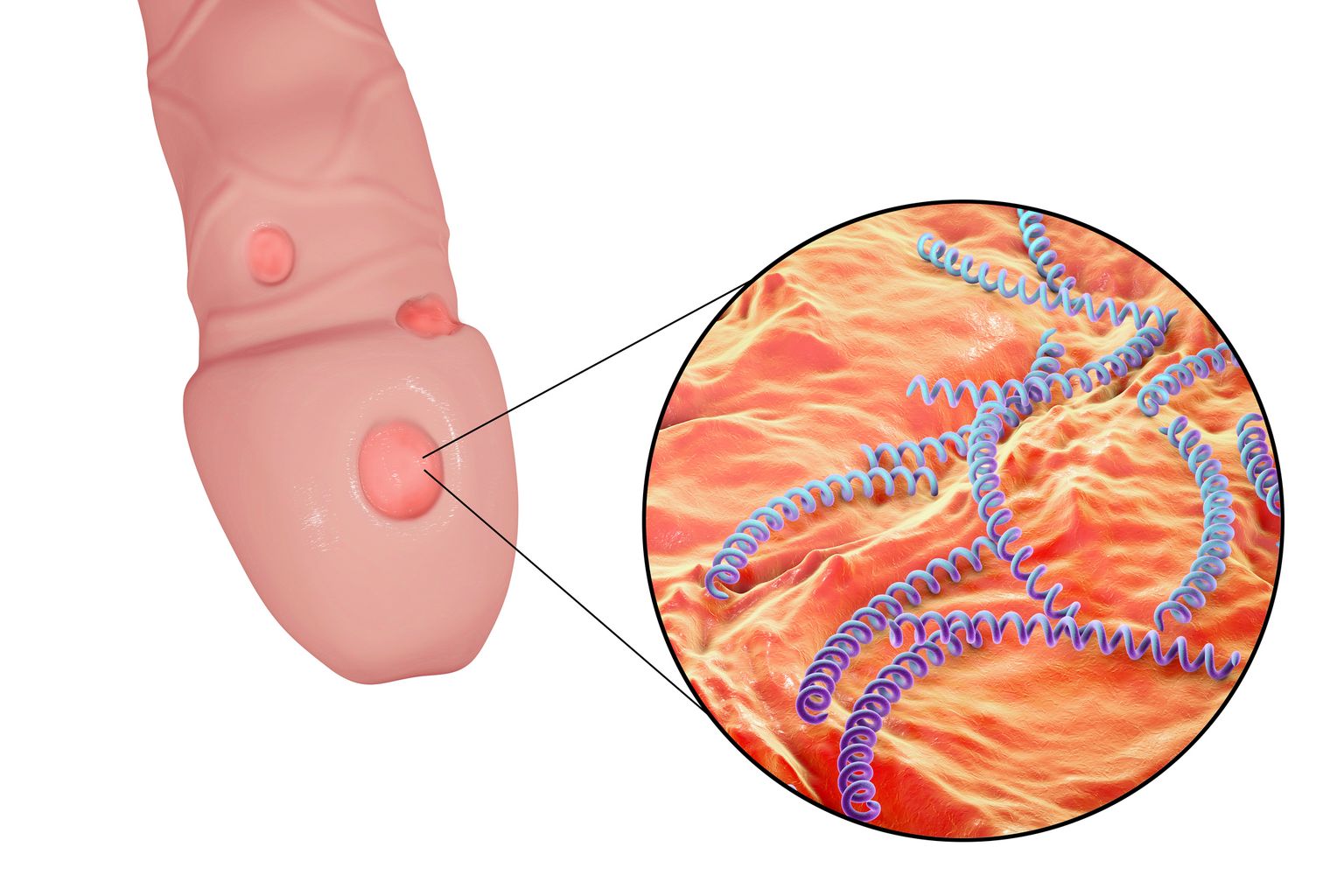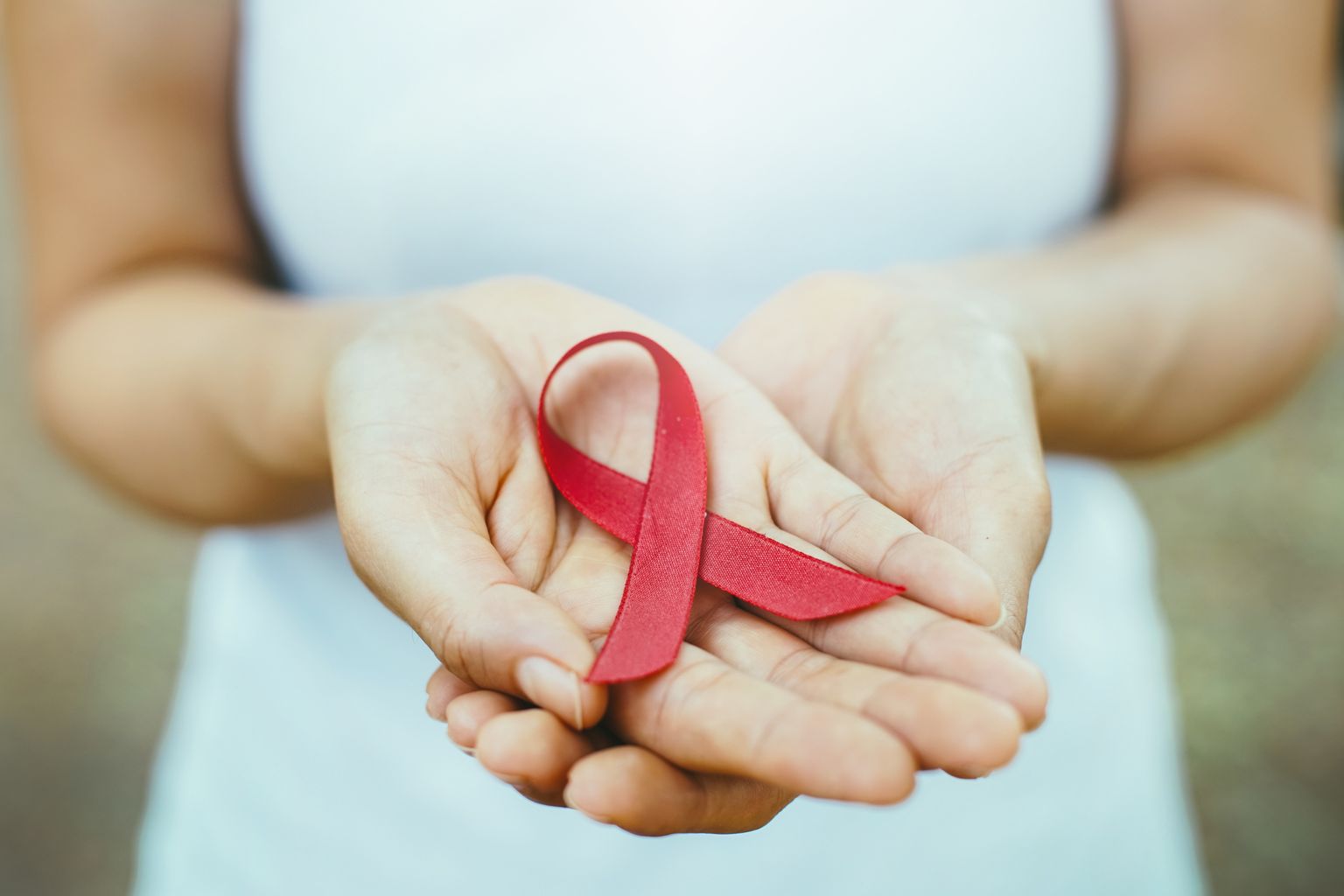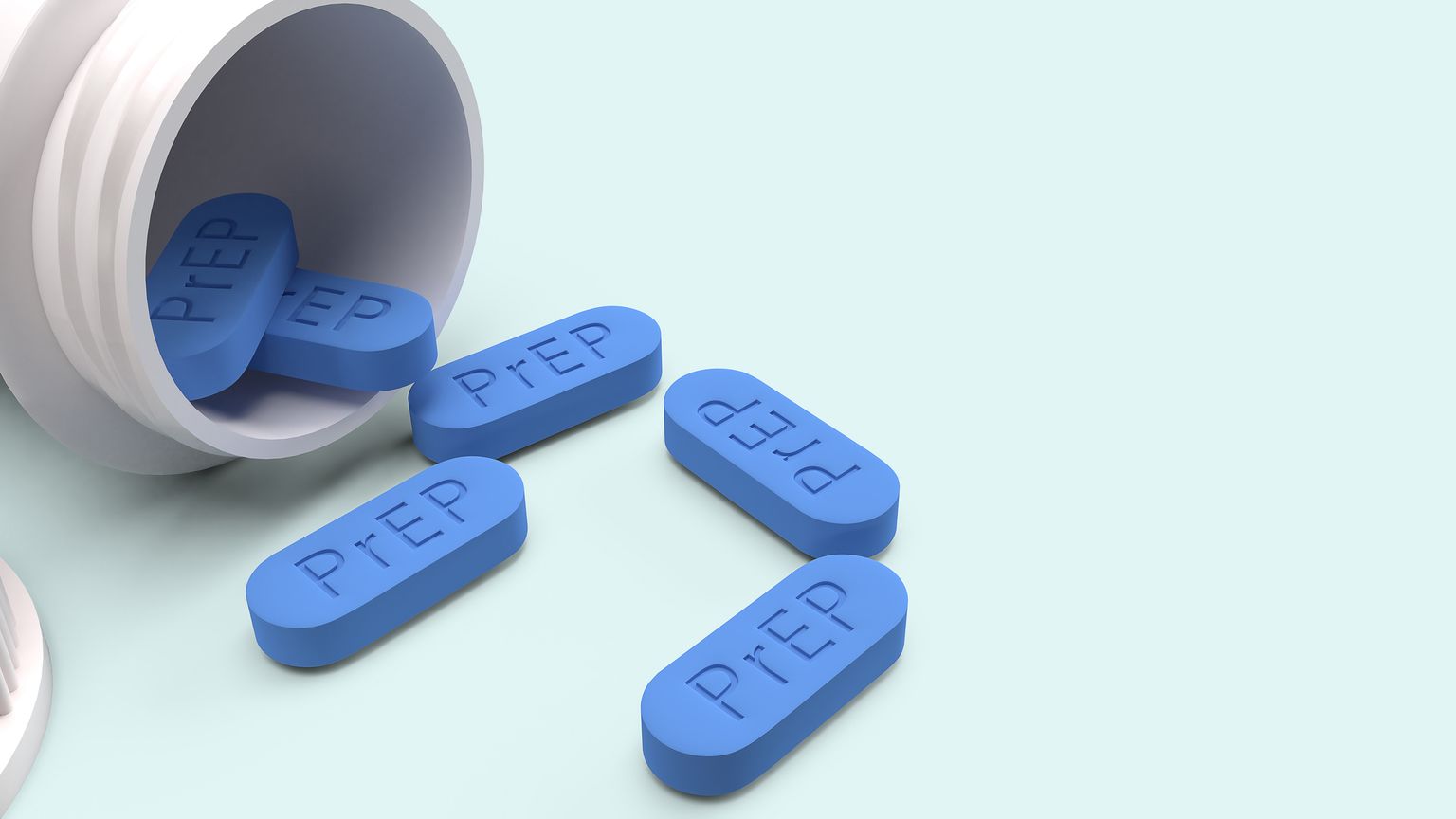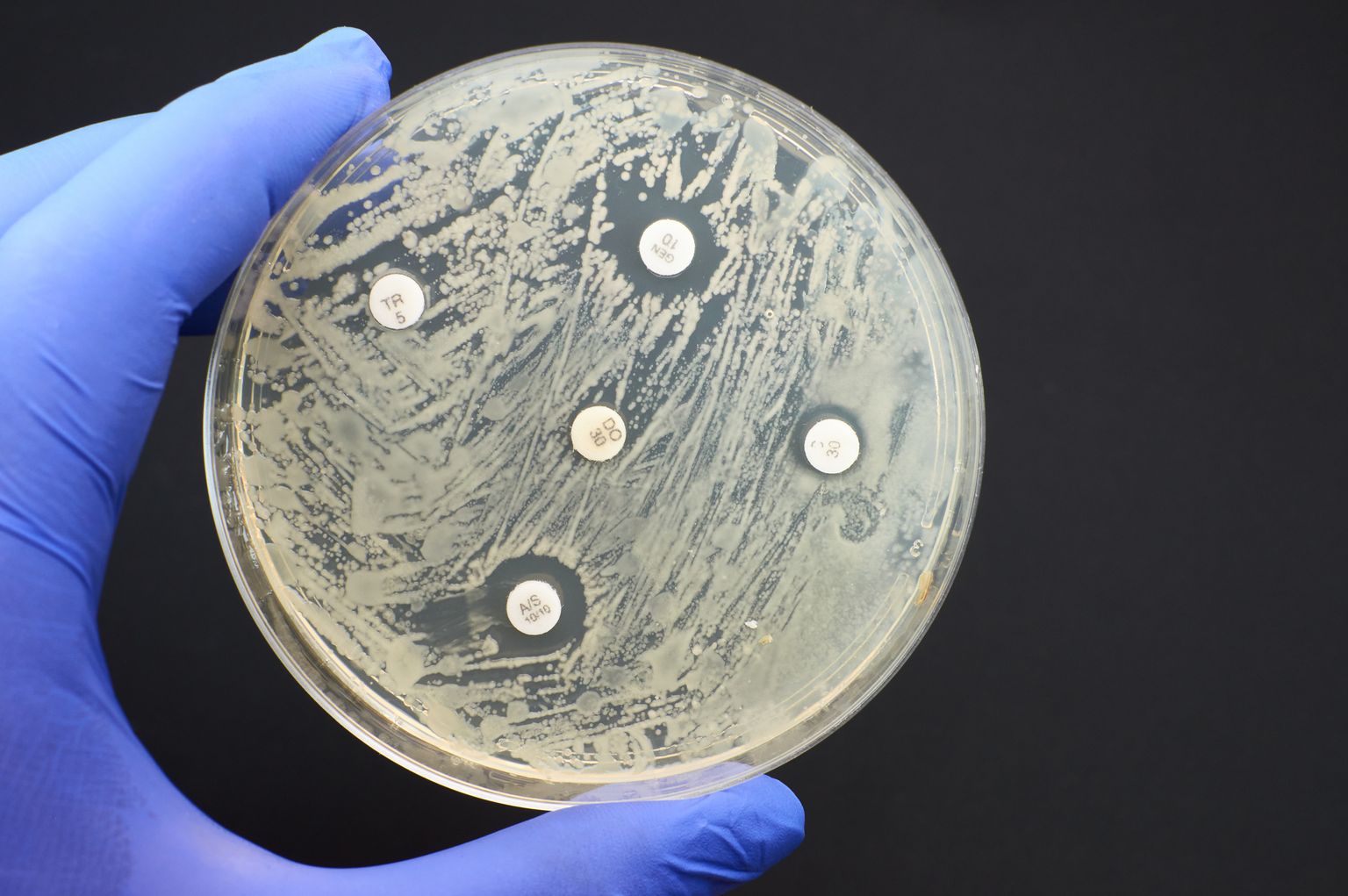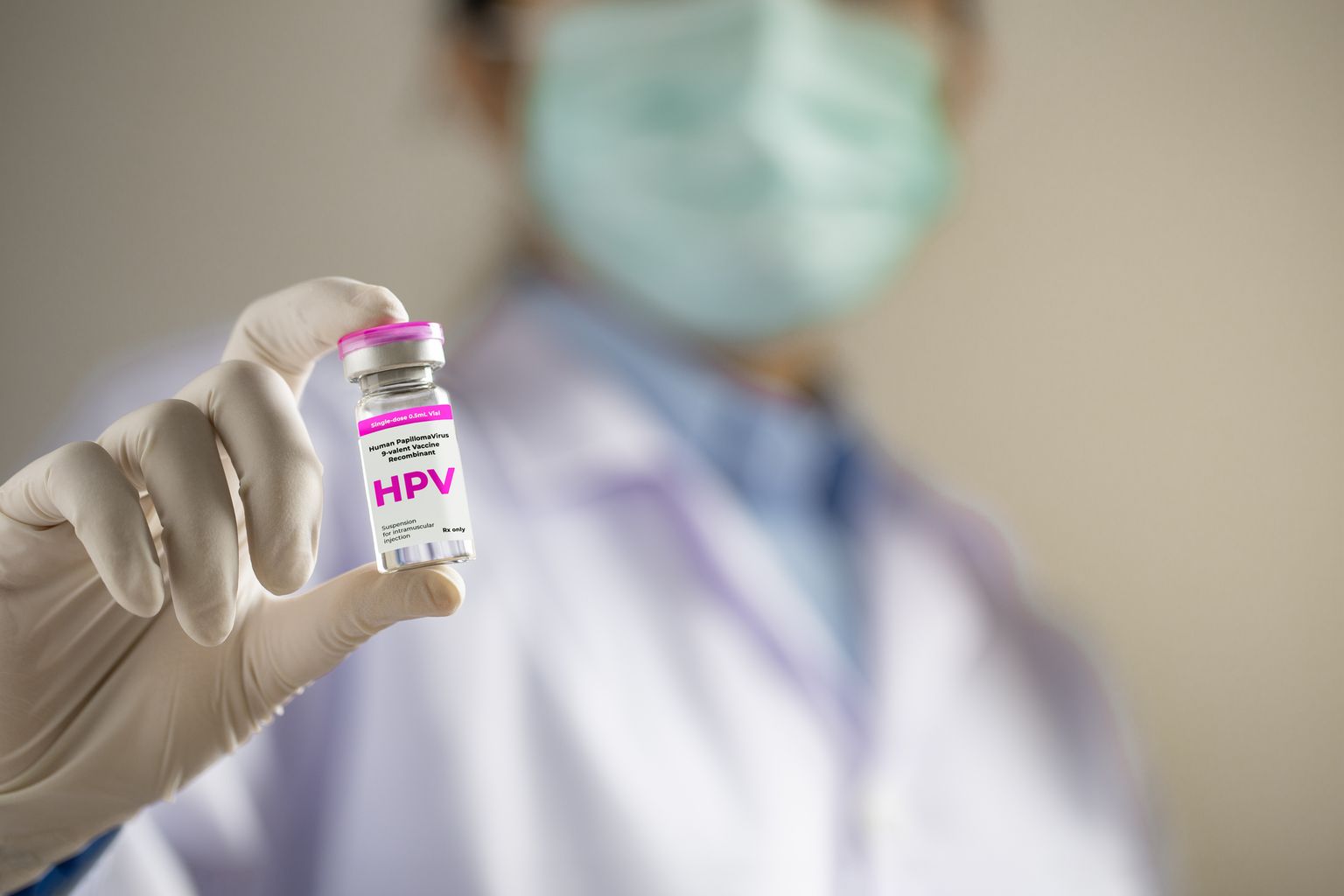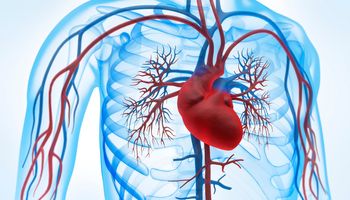Significantly increasing numbers of diseases
The number of sexually transmitted diseases is rising significantly in Europe. For example, the number of gonorrhea cases increased by 48% from 2022 to 2023, syphilis diagnoses by 34% and chlamydia by 16%. In Germany, HIV infections also increased by 20%. The number of HIV patients in Germany in 2023 was 3300. There has been a considerable increase in Eastern Europe in particular. However, the figures are also serious throughout Europe: around 2.6 million Europeans are living with HIV, around 14 million with hepatitis B and 13 million with hepatitis C. The increase is particularly high among younger people, especially in the 20-24 age group. Young women are most frequently affected by cases of chlamydia and gonorrhea. After peaking in 2019 and a subsequent decline in cases during the COVID-19 pandemic, the numbers are rising again. The fact that the number of cases in non-EU countries is lower is due to the fact that screening in these countries cannot be carried out with the same intensity and accuracy as in the European Union. This means that these data cannot be compared with each other.

